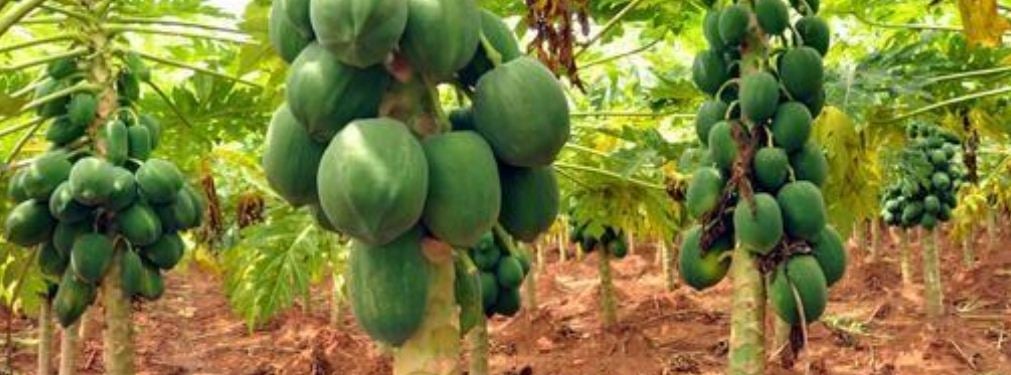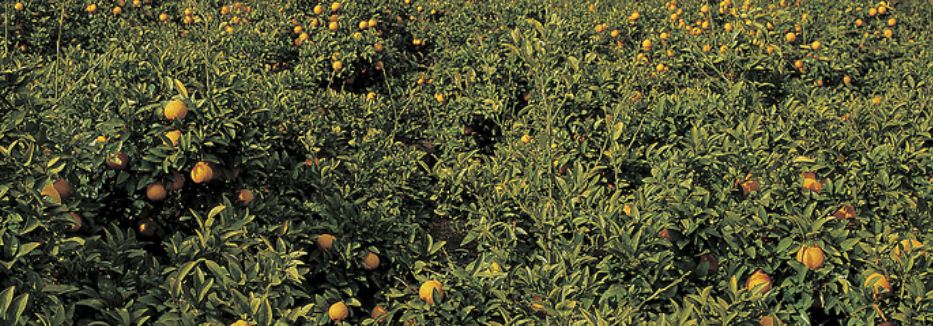How to Build a Farm Pond

A farm pond is basically built with the aim of providing access of more water for farm activities. Farm ponds can be used for livestock feed, irrigation, fire protection, erosion control, aquaculture and many more.
In some countries, farm pond can serve as many purposes other than agricultural activities; it is used in houses for drinking, and also provides a place for fun activities such as ice skating, picnicking, swimming, etc. Farm ponds can also be built by farmers for aquaculture and fish farming.
But whatsoever the purpose the farm pond will serve, most farmers have been concerned on how to go about building a farm pond, including on how to maintain it. The below tips will guide you on to properly build your farm pond.
1. The Soil Should Be Examined Properly
While starting to build your farm pond, it is important that you check the soil properly, because the type of soil in the farm pond will have an effect on its liveliness.
The soil where your farm pond is been built will help to guide the drainage and water retention, including water transparency and color.
Areas with clay soil are regarded to best soil for building farm pond due to its ability to hold water. But usually, asked how they can know the clay?
A simpler way to know it by digging a hole in that location you want to build it, then fill it up to water, from that you can now know the one that retains water than others. Doing will help you to determine the best soil for your farm pond building.
2. Source of Water
Building a farm pond demands a location with a natural source of water, so as to help in filling and maintaining the water level. Farm ponds are regarded to be artificial, and as a result of that, it needs a source of water that will aid in making water available.
The water sources can be in form of surface runoff, underground springs, well, stream and others. So therefore it is essential to ensure that it is natural source of water, in order to stay away from the fear of not having sufficient water, most especially during the dry season.
3. The Size of your Pond
It is necessary to know your aim of building a farm pond or the capacity of the project you have in mind because it will help you to know the right size or depth of your farm pond.
Knowing this will help you to know whether you are to construct either a large or small, too deep or shallow farm pond. The building of the ponds can be done by you only if you have the experience or with the help of your friends that have the experience farm pond construction; it will save you the cost of hiring laborers.
But a situation whereby you don’t have the experience or don’t have anybody that has, it is better to contact an experienced person that knows how to do it very well and guide them on how you want it to be constructed, both the size and how deep you want it.
In the process of building it, it requires some equipment like pipe installation, wiring and other accessories that will enhance the farming process.
4. Pond Design Option:
There are many pond design options which you can choose the one you prefer and that includes;
Dugout Pond: this known to be a basin that retains water and can be built by digging out soil in an area that is very low flat. This type of pond gets its source of water from underground water or overland runoff.
Vegetated Earthern Structure: construction of the earthen embankment across the watercourse can lead to this type of pond. Building a strong vegetative shed of legumes and grasses gives access to the provision of an erosion-resistant slope.
Impounding Structures Made of other Materials; a combination of the following materials like wood, rock, steel or concrete can be used for dam construction. The construction and design of structures of this type can be very hard and also costly than the earthen structure, but it is essential in order to improve long term structural unit.
5. Pond Design Consideration
There are some important pond design basics such as:
Pond size, depth, and configuration: In building your farm pond, it is important to consider the pond surface area and depth, because it always serves as volumes of water needed to meet the consumption needs like irrigation, livestock watering or water protection.
Pond dept may be estimated based on leisure uses like swimming, fish rearing, and wetland creation. There are some physical conditions that can control the dimensions of a pond, such as land slopes or depth of soils bounding the pond site. You are to avoid a site condition that leads to back flooding of people's properties.
Structural Integrity: preparing your farm pond foundation, spillway design, and construction specification should be done properly because of they in determining the water-retaining capacity, the strength of the structure, and also the function of the structure.
Another design that needs to be considered is the steepness of the pond basin side that has an effect on the penetration light at the bottom of the pond. So if you want to reduce the area that gives support to the rooted aquatic vegetation, then the slopes of the pond-side should be sharp to increase the area of deep water.
You can as well provide a structure that gives access to pond drainage, in order to activate the constant water supply from the bottom of the pond. This can be possible by installing a pipe under the dam.
6. Close to Pollution
In building your farm pond, you have to take note of the nearby pollution sources that can contaminate your farm pond. It is also good to avoid spills or chemicals because they can so dangerous to the fishes in the pond or any livestock that drinks the water from it. It is advisable not to build your farm pond in anywhere there is pollution.
7. Pond Construction Maintenance and Care
Once you have completed the building of your farm pond, and there is an adequate flow of water into the pond, maintaining it very important.
Supplying sufficient levels of oxygen is one of the most factors that help to keep a healthy pond, because insufficient of it will cause water stagnation, thereby making the water unhealthy to use.
Also, you need to always contact a pond specialist, in order to learn professional advice on the construction and maintaining of your pond.
Always ensure that you take proper care of your pond and make sure that you inspect it often, replant grass, fill in the gullies and also replace the rocks as required. Make sure that your grassy pond is been trimmed down to avoid growing.
8. Pond Building Equipment and Tools
The following equipment is needed in preparing a pond site; chalk or spray paint, square spade, garden hose or rope, rounded shovel, measuring tape, wheelbarrow, rake, level, fine sand, straight board (very long).
Then the equipment for pond construction is pond liner, pump, underlayment, bricks, filter, water, fittings, pipes, and tubing, heater, lighting, aerator, skimmer, including material to complete the pond edge.
In building your pond, you have to first know how deep or shallow you want it to be. And the type of liner you bought, also determines how deep your pond will be. The liner helps in preventing your pond from leaking into the ground.
How Much Does it Cost to Build a Farm Pond?
Constructing a farm pond can cost you a minimum of $2,000 and $25,000. But the combination of many things involved like location, site preparation, the depth, and its size can influence the final cost of building a farm pond.
If you are planning of building your farm pond for livestock watering source, then a loan may be given to you any Consolidated Farm Services Agency Program. So if you are planning it as a large scale business, then it is possible to obtain a loan from the bank.
The cost of the following should be considered while building a farm pond:
The cost of installing the drain pipe
For a dam, you need to estimate the cost of filling it up and moving the dirt
The cost of constructing the spillway
The cost of clearing all the plants and trees in your area
The cost of clearing all the areas of the pond
The cost of the drainage system and
The total cost maintenance of a healthy farm pond.
What is a Farm Pond?
A farm pond is a big hole that is been excavated out in the earth, which is normally in square shape or rectangular form. It helps to preserve water for future use. It has a pipe that controls the flow of water and also releases excess water.
A small bund is been used to surround the farm pound, thereby preventing erosion that may occur on the banks of the pond.
In building a farm pond, its size and depth depend on the type of soil, the number of lands available, the requirement from the farmer, the price of digging and the purpose of building it.
In Conclusion
They have been an increase in farm pond building, because most people are now into fish farming and other aquaculture activities, as a result of being a profitable business. Building a farm pond demands total inspection and it is very to maintain than you can imagine.
It is also necessary to ensure that your farm pond is been built in a place that people cannot access easily, so as to prevent the water from being contaminated, including other problems that might occur.




